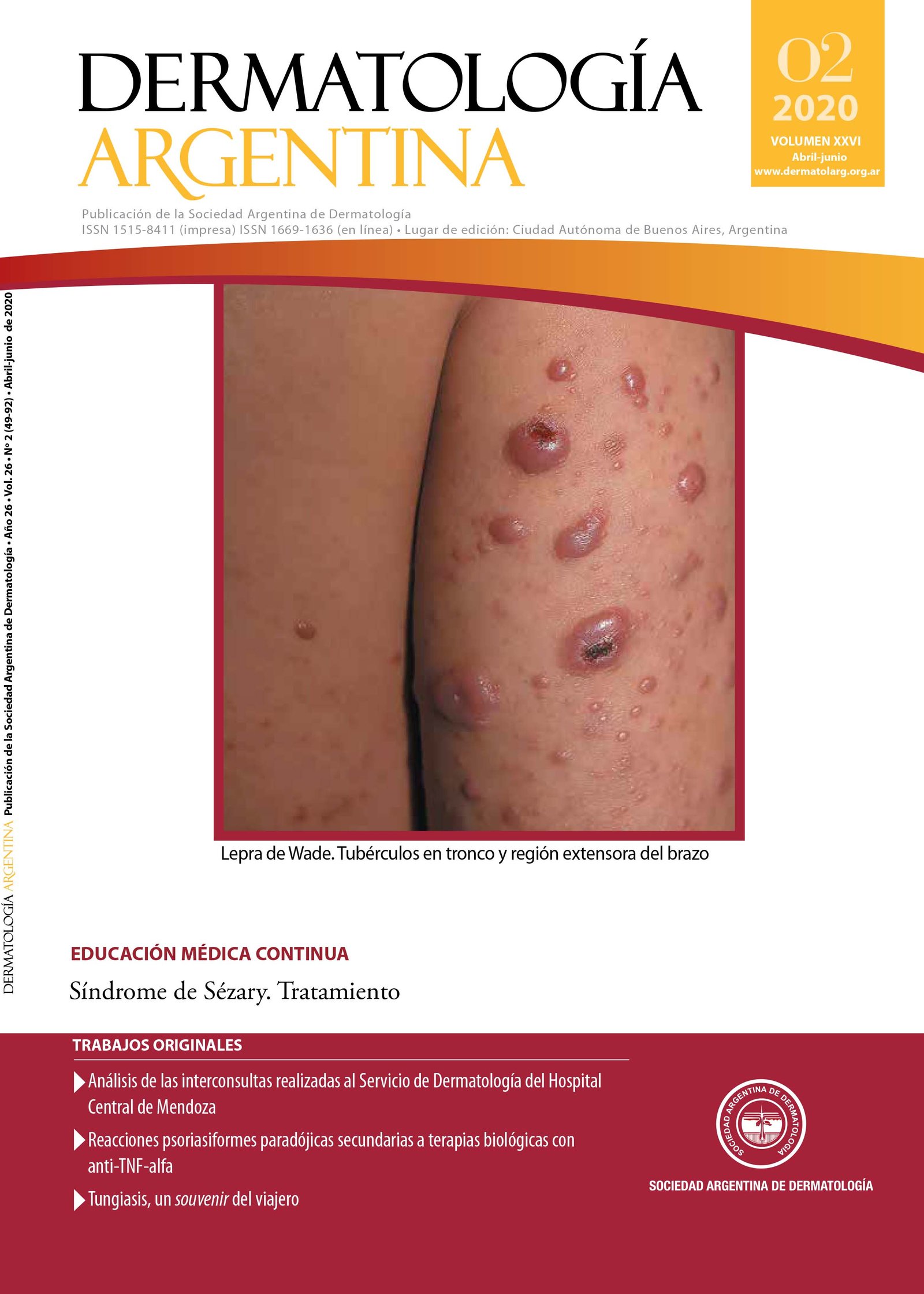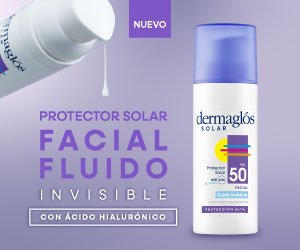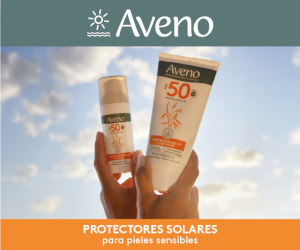Wade's leprosy
DOI:
https://doi.org/10.47196/da.v26i2.2084Keywords:
Histoid leprosy, Lepromatous leprosy, Hansen’s disease, Wade's leprosyAbstract
Wade’s leprosy or histoid leprosy is a rare variant of this disease, with distinct clinical, bacteriological, and histopathological findings. The presence of lepromas of considerable size, a high bacillary index, and fusiform histiocytes arranged in a whorled pattern are characteristic. It has been reported to manifest “de novo” or as relapse after long-term dapsone monotherapy, inadequate schemes and also after successful treatments. We present a case of Wade’s leprosy without a prior history of any antileprosy treatment.
References
I. Canuto MJM, Yacoub CRD, Trindade MAB, Avancini J, et ál. Histoid leprosy: clinical and histopathological analysis of patients in follow-up in University Clinical Hospital of endemic country. Int J Dermatol 2018; 57:707-712.
II. Kaur I, Dogra S, De D, Saikia UN. Histoid leprosy: a retrospective study of 40 cases from India. BrJ Dermatol 2009:160:305-310.
III. Mathur M, Jha A, Joshi R, Wagle R. Histoidleprosy: a retrospective clinicopathological study from central Nepal. Int J Dermatol2017;56:664-668.
IV. Palit A, Indmar AC. Histoid leprosy as reservoir of the disease; a challenge to leprosy elimination. Lepr Rev 2007;78:47-49.
V. Da Costa DA, Enokihara MM, Nonogaki S, Maeda SM. et ál. Wade histoid leprosy: histological and immunohistochemical analysis. Lepr Rev2013;84:176-185.
VI. Sehgal VN, SrivastavaG. Status of Histoid Leprosy. A Clinical, Bacteriological, Histopathological and Immunological Appraisal. J Dermatol1987;14:38-42.
VII. Gupta SK. Histoid leprosy: review of the literature. Int J Dermatol 2015; 54:1283-1288.
VIII. Hali F, Benchikhi H, Azzouzi S, Zamiati S, et ál. Lèpre histoïde familiale. Ann Dermatol Venereol 2011;138:42-45.
IX. Sehgal VN, Srivastava G, Singh N, Prasad PV. Histoid leprosy: the impact of the entity on the postglobal leprosy elimination era. Int J Dermatol 2009; 48:603-610.
Downloads
Published
Issue
Section
License
El/los autor/es tranfieren todos los derechos de autor del manuscrito arriba mencionado a Dermatología Argentina en el caso de que el trabajo sea publicado. El/los autor/es declaran que el artículo es original, que no infringe ningún derecho de propiedad intelectual u otros derechos de terceros, que no se encuentra bajo consideración de otra revista y que no ha sido previamente publicado.
Le solicitamos haga click aquí para imprimir, firmar y enviar por correo postal la transferencia de los derechos de autor













